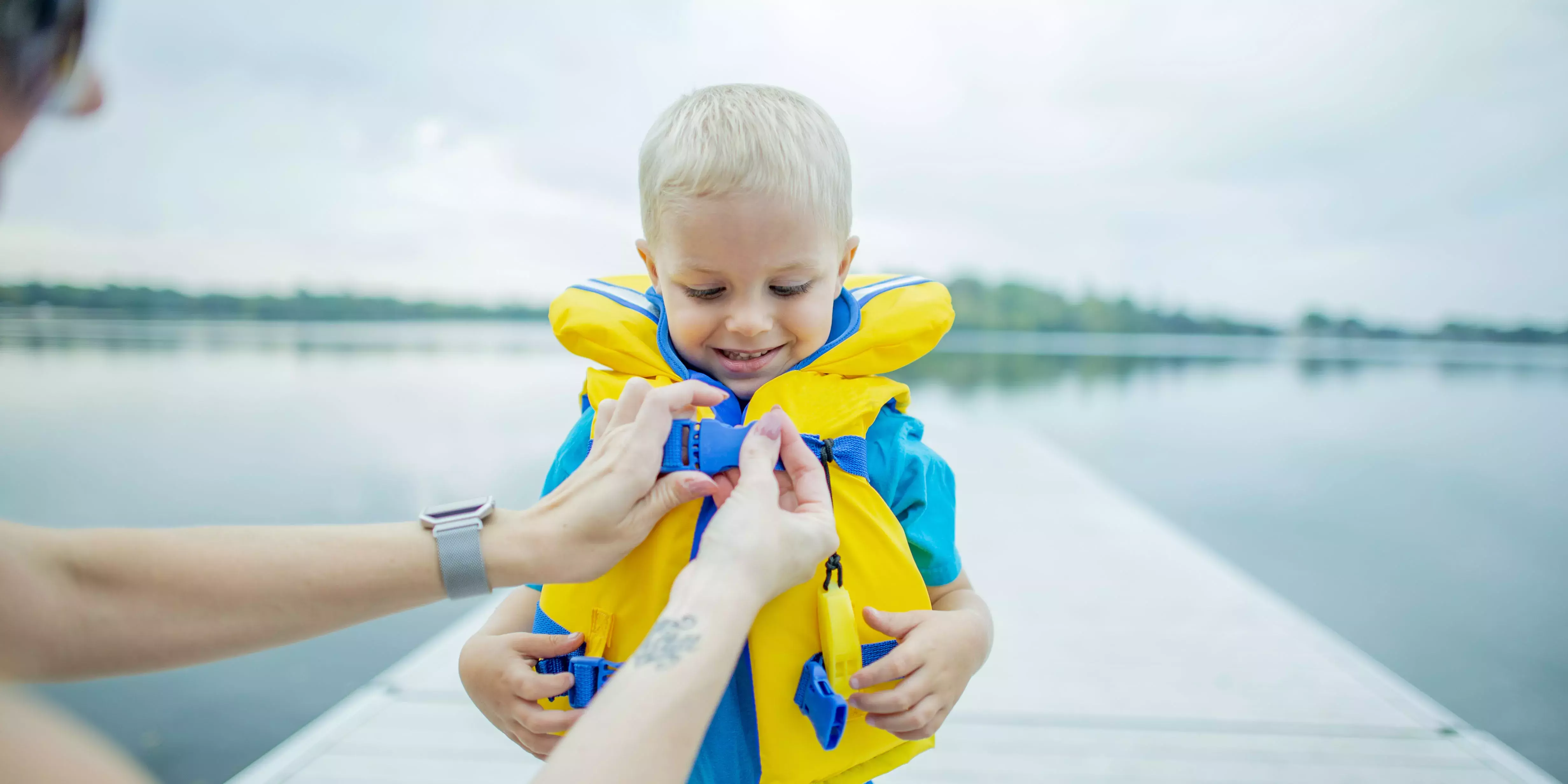
Stay safe during inclement weather
A snowstorm in the Upstate can be exciting. But snow days can also bring danger. As the temperatures drop and create precarious situations, Spartanburg EMS encourages you to be safe, especially while driving.
On an average day, Spartanburg EMS may have 150 to 160 calls, but during a snowstorm EMS receives up to 260 emergency calls.
“If you don't have to leave your home, don't,” said Josh Kingsmore, Spartanburg EMS training and quality coordinator. “If you have to be on the road, drive very slowly. The largest number of emergency calls we receive are for wrecks.”
Staying safe is not limited to staying off the road, it also means being careful while walking outside. Falls are one of the top injuries Spartanburg Medical Center's Level I Trauma Center sees.
"If you don't have to go outside, avoid doing so,” Kingsmore said. “Even getting your newspaper or shoveling your driveway should be avoided.”
To prepare for icy and snowy weather, Spartanburg EMS employees stay overnight, and equip their trucks with snow chains, de-icing materials and blankets.
While EMS prepares to keep the community safe, there are other ways you and your family can also stay safe through a storm with proper supplies and heating sources:
Prepare your home and family for a storm
- Check your heating systems. Have your heating system serviced professionally to make sure that it is clean and properly ventilated.
- Stock up on items to be prepared for weather emergencies and power outages. Stock food that does not require cooking or refrigeration, and store water in clean containers.
- Keep medications, ID cards and emergency numbers in one place.
- Ensure that your cell phone is fully charged.
- Keep an up-to-date emergency kit, including: battery-operated devices such as a flashlight, a National Oceanic and Atmospheric Administration Weather Radio, and lamps; extra batteries; first-aid kit and extra medicine; baby items; and cat litter or sand for icy walkways.
- Prevent carbon monoxide emergencies. Install a CO detector to alert you to the presence of the deadly, odorless, colorless gas. Check batteries regularly. Keep grills, camp stoves, and generators out of the house, basement and garage. Locate generators at least 20 feet from the house. Leave your home immediately if the carbon monoxide detector sounds, and call 911.
Bundle up before going outside
- Wear appropriate outdoor clothing: layers of light, warm clothing; mittens; hats; scarves; and waterproof boots.
- Sprinkle cat litter or sand on icy patches.
- Take a buddy and an emergency kit when you are participating in outdoor recreation, and carry a cell phone.
Take it slow while driving on snow or ice
- Don't speed. Slow down for wet, snowy or icy conditions and avoid excessive or abrupt steering maneuvers. You will be more likely to maintain control of your vehicle at lower speeds. Black ice is a thin coating of clear ice on the pavement that may be difficult to see, especially at night; so use caution.
- Follow at a safe distance. Decrease your speed and leave plenty of room to stop.
- Don't assume your vehicle can handle all conditions, even if it's four-wheel or front-wheel drive. Avoid traveling when the weather service has issued an advisory. Braking gently will help you avoid skidding. If you have anti-lock brakes (ABS), press the pedal down firmly and hold it. If you don't have antilock brakes, gently pump the pedal to avoid wheel lock-up.
- Be aware of road conditions and be especially careful on bridges, overpasses and infrequently traveled roadways, which tend to freeze first. Even at temperatures above freezing, if the conditions are wet, you might encounter ice in shady areas or on exposed roadways like bridges.












